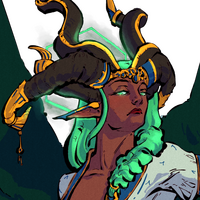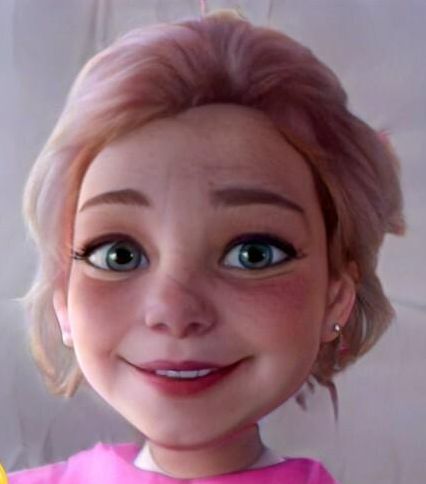Since the climate is particularly warm in the Idakian south, the clothes of the Idakian nobility are often very figure-hugging and show a lot of skin on the hips, stomach or back. The bust is shaped by inserts into the fabric so that it is more visible. The fabrics used are silk, organza, batiste and cotton.
Currently, several layers of one type of fabric in different tones of one color, which fall down like a waterfall, are very popular for skirt pieces. The noble ladies usually wear long trains and a light veil coat, which is decorated with artistic embroidery such as Idakian peacock feathers, flowers or leaf tendrils. The coat is often attached to the shoulder area of the top.
The hair is voluminously pinned up at the back of the head and golden ribbons are woven into it. In addition, elaborately chased metallic tiaras are worn, which are decorated with gemstones and on which round plates decorated with gemstones are attached that frame the face. Wide bangles made of high-quality metals are worn on the arms.















I love all the sections on the different cultures' fashions. I like that you go into detail about the types of fabric as well as just the aesthetics. :) Great article. I love that it honours your grandmother too.
Explore Etrea
Thank you so so much, fabrics are the real heart of every piece of clothing and make them fall differently depending on how they are processed, which is why I definitely had to address this. There is an anecdote from my life with my grandma and needlework as a school subject, in which the right choice of material makes the difference between grades 1(A) and 5(E), but that would probably go too far here. I'm very happy you like it.